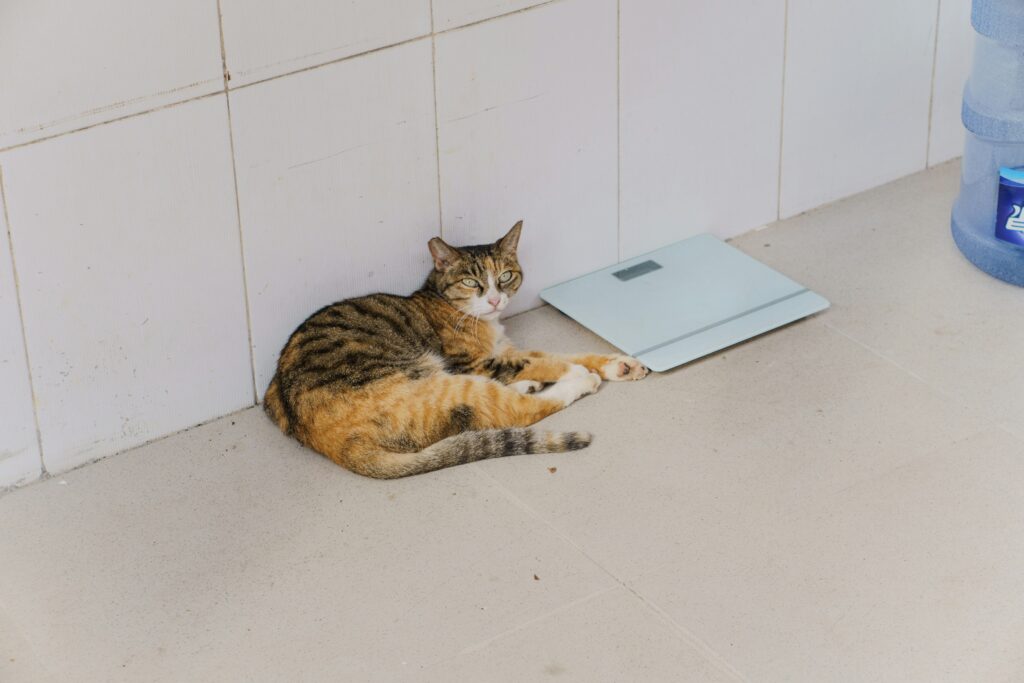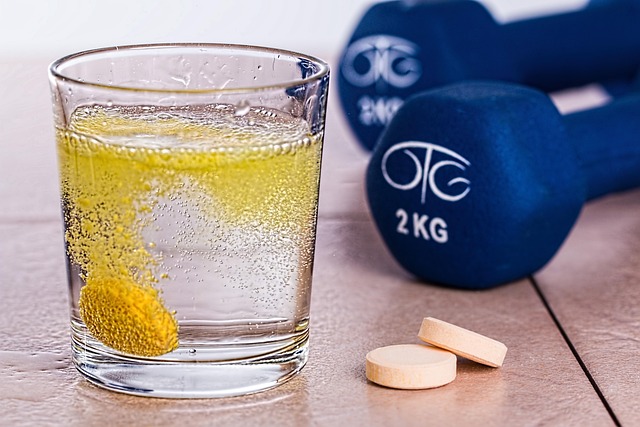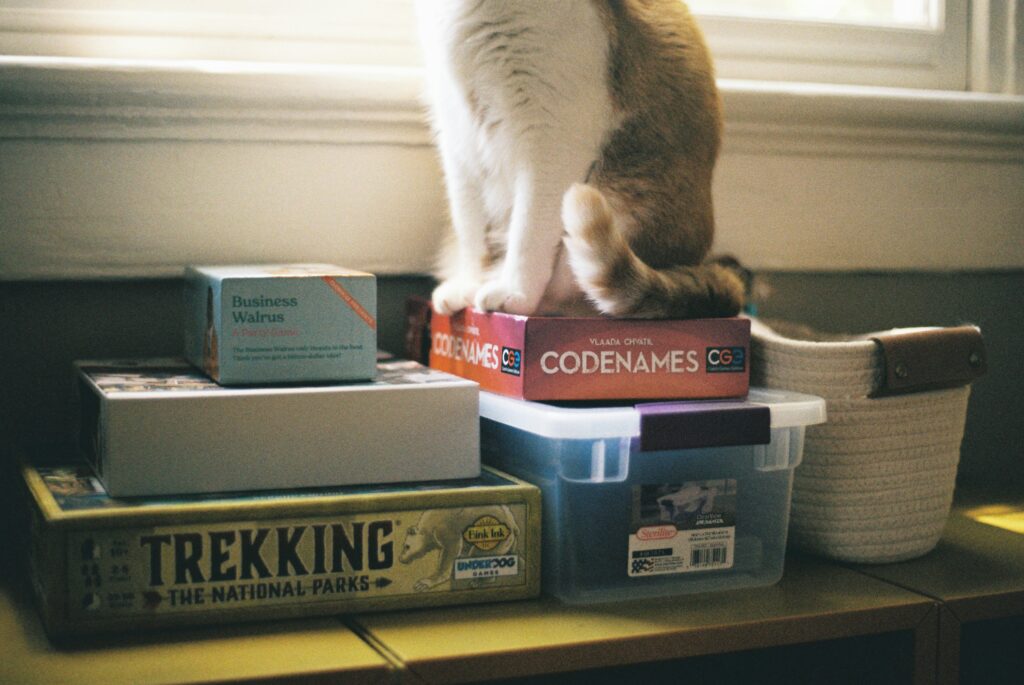Why Pet Owners Are Considering Homemade Diets
The shift toward homemade pet food isn’t just a trend—it’s a reaction. More people are paying attention to what goes into their pets’ bowls, and they’re not always happy with what they find. Natural, whole-food nutrition is catching on as pet owners look to mirror their own eating habits in how they feed their animals. Fresh meats, real vegetables, fewer processed fillers—the goal is simple: keep it clean, keep it real.
Commercial pet food has taken a few hits. Recalls, vague ingredient lists, and questionable sourcing have shaken trust. That’s left many owners wondering how much control they truly have. The result? A growing crowd of DIYers opting to cook for their pets the same way they cook for themselves—carefully, and with intention.
Ultimately, it comes down to control. Homemade feeding gives owners the option to manage what their pets eat from start to finish. No mystery meats. No preservatives you can’t pronounce. Just food you can recognize—and feel good about serving.
Customization
One size never fits all—especially in pet nutrition. Homemade diets give you room to fine-tune every meal based on what your dog or cat actually needs. That might mean skipping chicken if there’s an allergy, dialing back calories for weight control, or boosting joint support in aging pets. It’s not reinventing the wheel, it’s just making the wheel fit your animal better.
The real perk here is agility. You’re not locked into a generic feeding chart. If your pet’s energy dips or a vet flags something off during a check-up, meals can be adjusted fast. Protein, fat, fiber—it all becomes a lever you can work with. With regular feedback from your vet and some observation at home, you can keep shifting the diet until it clicks.
This isn’t just about pampering your pet. It’s smart, responsive care. The flexibility puts you in control—where you should be.
Risk of Contamination
Preparing homemade meals for pets might look wholesome, but there’s a hidden risk: contamination. Most home kitchens don’t meet the same food safety standards as commercial pet food facilities. That means bacteria like salmonella and E. coli can hitch a ride into your pet’s bowl more easily than you think—especially when handling raw meat.
Raw diets add another layer of risk. Without proper storage and sanitation, pathogens can multiply fast. Even if a dog or cat doesn’t get sick right away, repeated low-level exposure over time can still mess with their immune system or digestive health. And don’t forget—cross-contamination puts human family members at risk, too.
Bottom line: making meals at home means you’re also taking on the role of food safety manager. That requires vigilance, clean habits, and a clear understanding of the risks involved.
The Role of Veterinary Guidance
Homemade diets might offer flexibility and freshness, but without expert input, they can easily miss the mark. Whether you’re feeding your pet cooked or raw meals, ongoing veterinary oversight is essential to ensure their diet supports long-term health.
Why Veterinary Input is Essential
Feeding your pet isn’t just about choosing wholesome ingredients—it’s about ensuring those ingredients meet their specific nutritional needs. A veterinarian or certified pet nutritionist can:
- Evaluate your pet’s breed-specific and age-specific dietary requirements
- Help formulate balanced meals that meet AAFCO or FEDIAF guidelines
- Recommend necessary supplements to prevent deficiencies
Monitor Health with Regular Checkups
Your pet’s body gives valuable feedback—if you know what to look for. Routine wellness checks allow your vet to:
- Track changes in weight, energy levels, and coat condition
- Catch signs of imbalance early, before serious issues arise
- Adjust feeding plans based on your pet’s growth, activity level, or medical needs
Fine-Tuning with Blood Work and Analysis
Even well-intentioned diets can fall short without proper testing. Routine lab work adds scientific insight, making your pet’s meals more effective and personalized.
- Blood work can highlight vitamin or mineral deficiencies
- Nutrient panels help refine supplement inclusion
- Internal health trends offer better context than surface-level signs
In short, being proactive with veterinary guidance ensures your homemade efforts do more good than harm—and allows you to continuously evolve the plan as your pet does.
Common Mistakes to Avoid
Plenty of well-meaning pet owners dive into homemade diets only to trip over a few common (and costly) mistakes. First up: online recipes. It’s tempting to grab a DIY meal plan from a blog or forum, but most of these aren’t vetted by veterinary nutritionists. Just because it worked for someone else’s poodle doesn’t mean it’s right—or safe—for your husky.
Then there’s the problem of feeding pets what’s safe for humans. Grapes, onions, garlic, and even certain nuts are all off-limits for dogs and cats. But they show up in a surprising number of homemade meal suggestions. Just because it’s on your plate doesn’t mean it belongs in their bowl.
And finally, a big one: skipping supplements. Cats, for instance, need taurine—a crucial amino acid they can’t make on their own. Dogs often need added calcium if they’re not eating bones or fortified products. Without these, even the freshest homemade meal can lead to long-term health issues. Nutritional balance isn’t something to eyeball; it has to be deliberate, and usually with a professional’s input.
Hybrid Feeding: Combining Fresh Meals with High-Quality Kibble
For pet owners looking to strike a balance between optimal nutrition and everyday practicality, hybrid feeding is gaining traction. The concept is simple: mix fresh, homemade meals with trusted commercial kibble. It’s not all-or-nothing—and that’s the point. This approach gives your pet the benefits of whole foods while keeping feeding routines manageable.
High-quality kibble provides the nutritional baseline—fortified with vitamins, minerals, and guaranteed macronutrient profiles. Fresh ingredients, meanwhile, offer taste variety, moisture, and whole-food benefits that processed food can’t fully cover. Together, they plug each other’s gaps.
Time-wise, it’s far easier to prep and portion a few homemade servings per week than plan a full culinary schedule. Nutritionally, it reduces the risk of imbalance common with DIY-only diets. Think of it as reinforcement rather than replacement.
The key is choosing the right kibble—look for brands without artificial fillers or byproducts—and pairing it with fresh proteins, veggies, and healthy fats that suit your pet’s needs. Bonus: many pets eat better with variety, and hybrid feeding lets you keep meals interesting without losing structure.
When done thoughtfully (ideally with input from your vet), hybrid feeding can offer strong nutritional coverage without turning your kitchen into a nonstop pet meal factory.
Homemade diets can be a smart, satisfying way to feed your pets—if you get the details right. When done properly, making your pet’s meals at home gives you full control over ingredients, safeguards against sketchy additives, and can even help with health issues like allergies or obesity. But it’s not a casual decision. It demands consistency, nutritional knowledge, and regular vet input.
This route isn’t for everyone. It takes prep time, patience, and a willingness to keep learning. You’ll need to monitor your pet closely, track changes in energy or weight, and adjust as you go. Shortcuts can backfire, and feeding trends (like going fully raw or grain-free) aren’t always backed by science.
Bottom line: your pet’s long-term health is the priority—not keeping up with social media food fads. If you’re going homemade, commit to doing it right. For more detailed nutritional guidance, check out: Balanced Diets for Pets: What to Feed Your Furry Friend
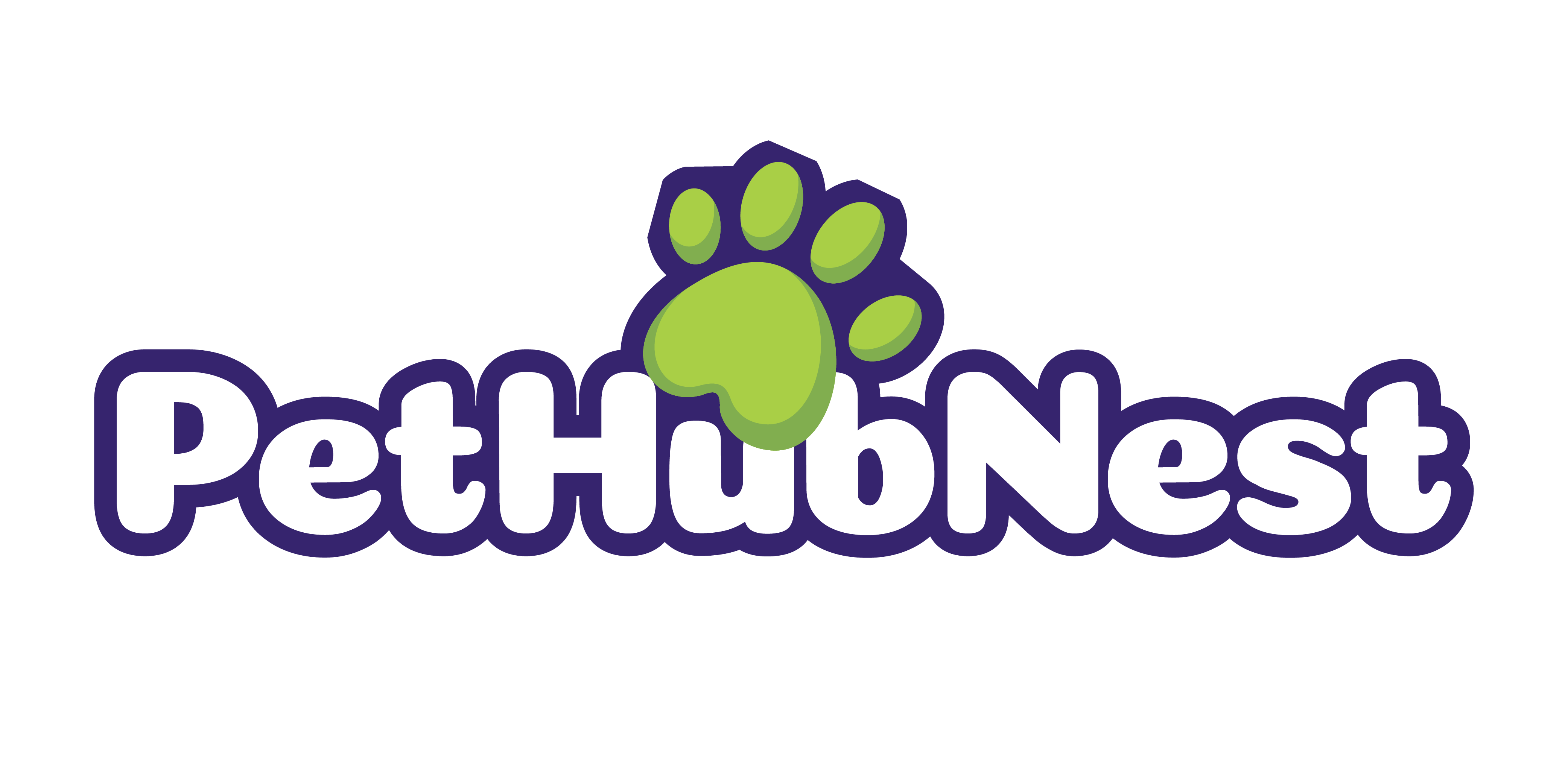
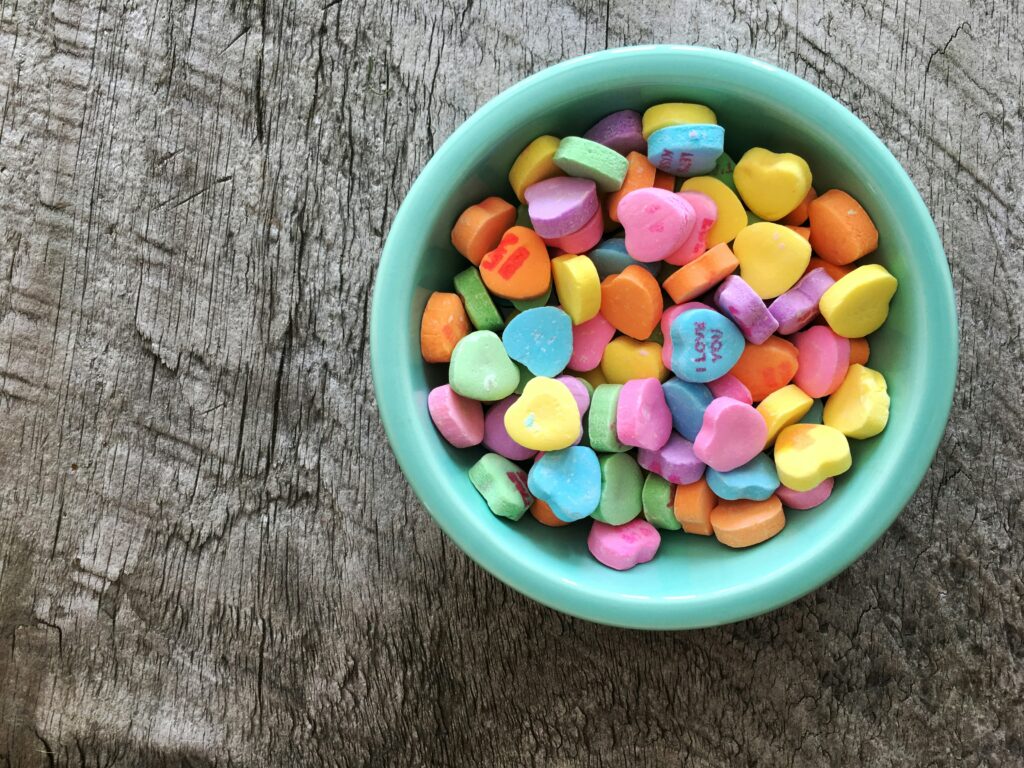
 Norvella Neythanna is the co-founder and author at pethubnest She blends her passion for pets with her interest in technology, covering innovative products and ideas that transform pet care.
Norvella Neythanna is the co-founder and author at pethubnest She blends her passion for pets with her interest in technology, covering innovative products and ideas that transform pet care.